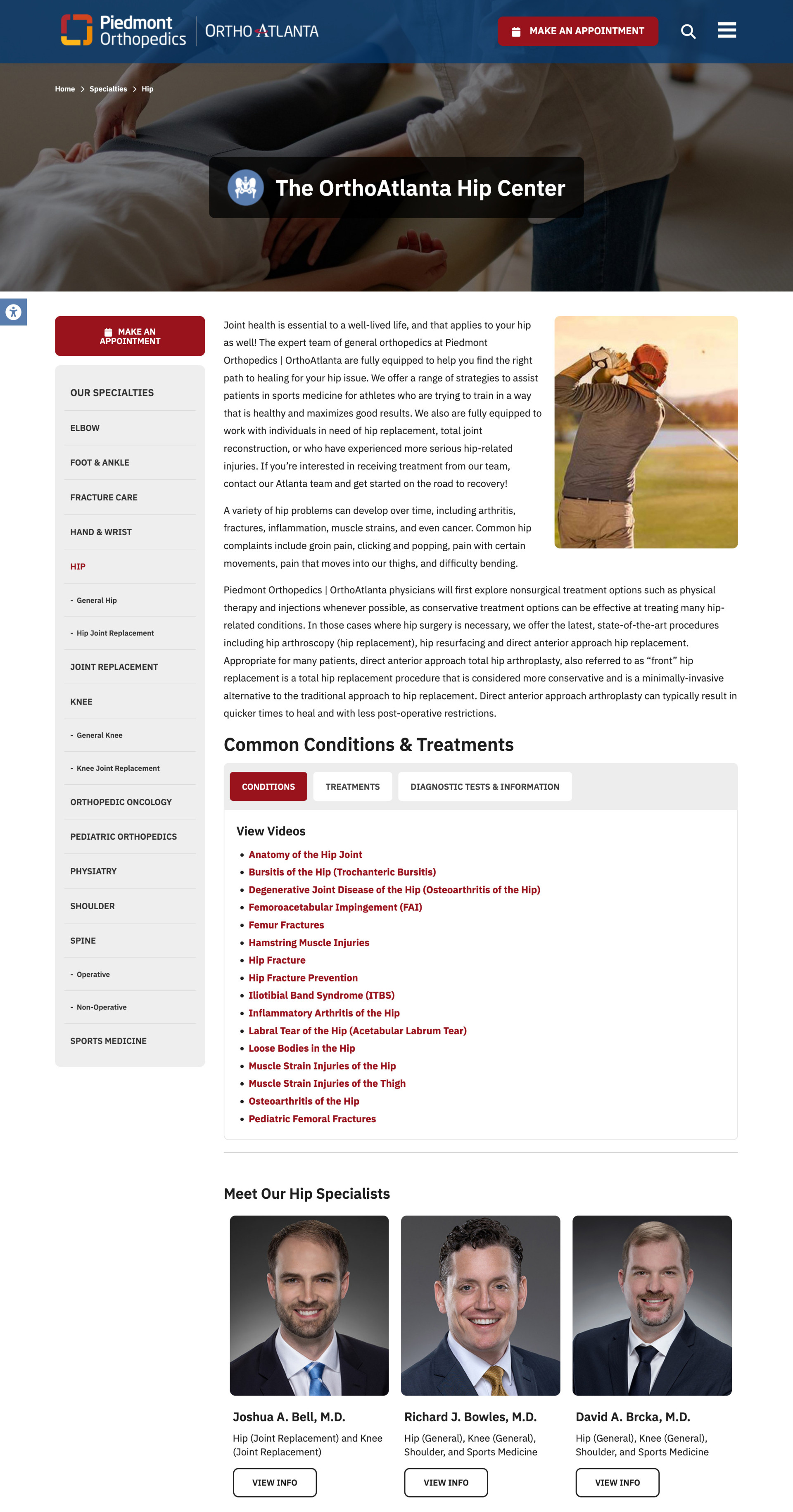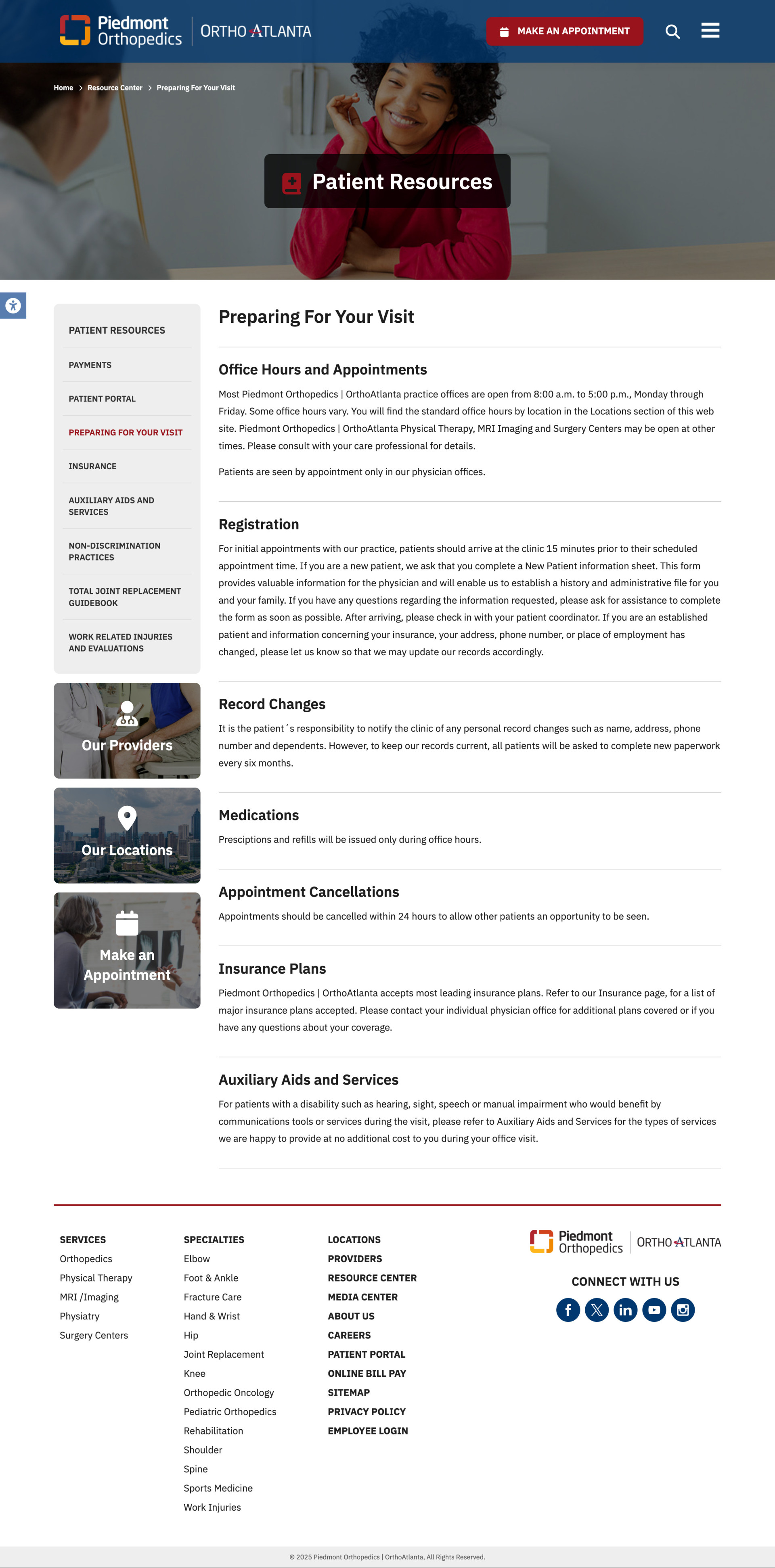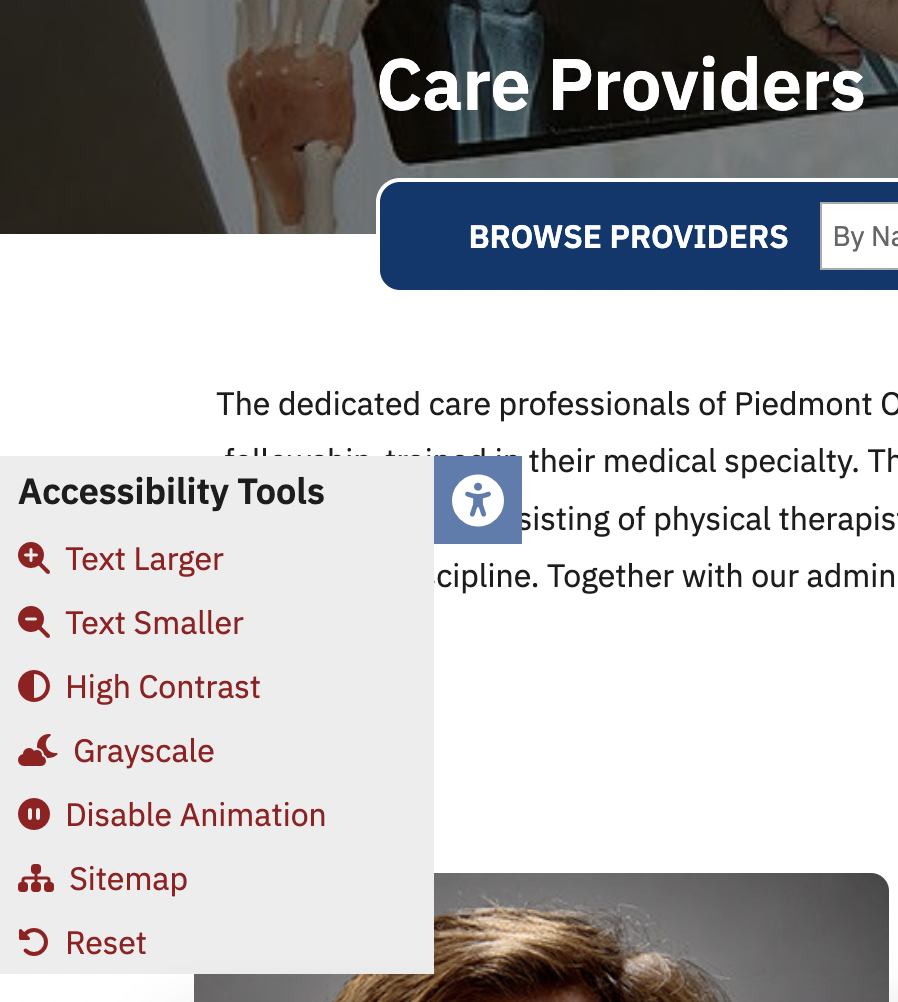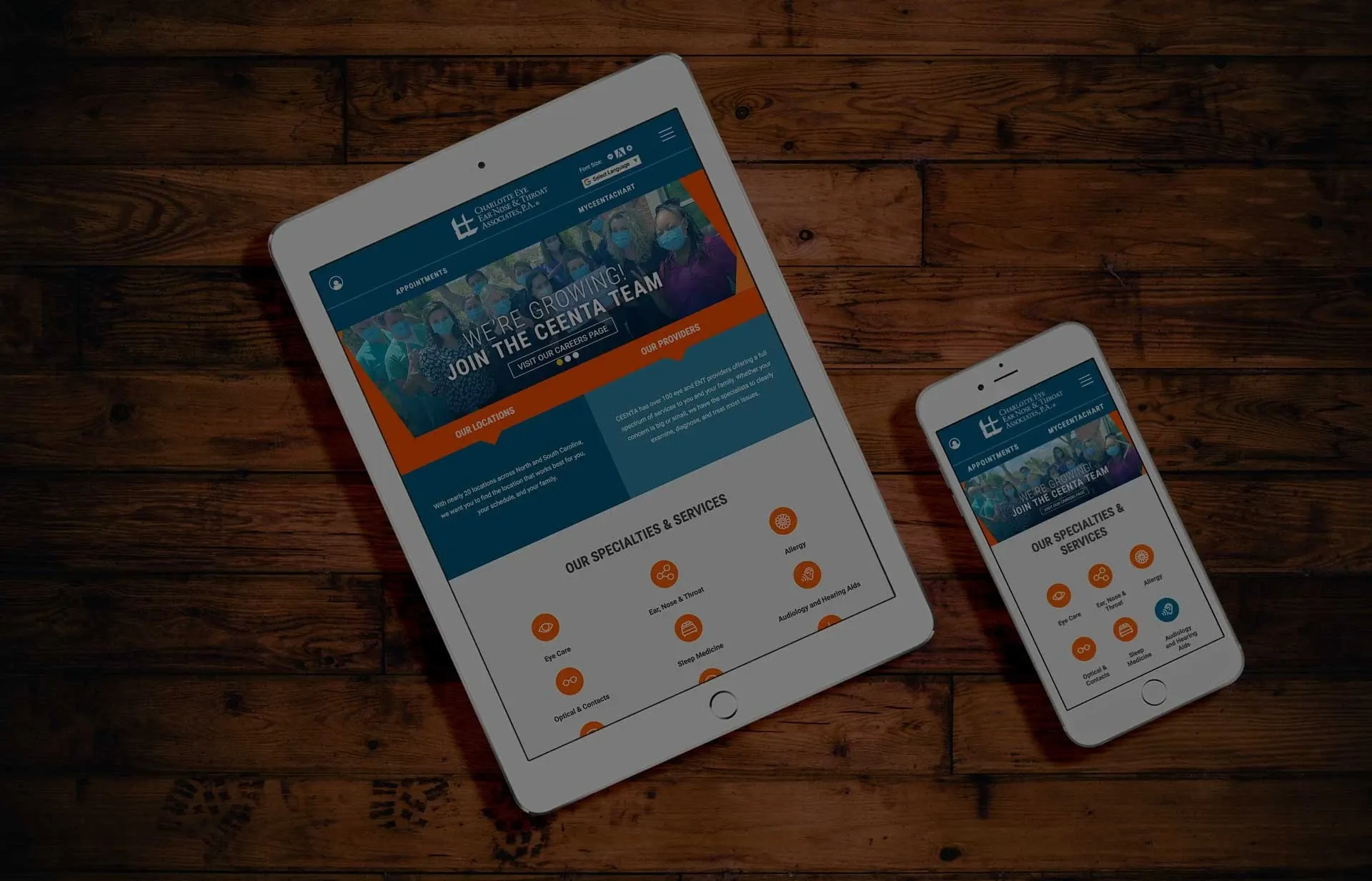As search engines and AI tools like Google SGE (Search Generative Experience) evolve, it’s more important than ever for healthcare providers—especially orthopedic practices—to create structured, patient-first landing pages that serve both human users and machine intelligence.
In this post, we’ll walk through how to build a modern healthcare specialty or service landing page, using an orthopedics Hip & Knee page as an example, that ranks well, engages users, and is favored by AI-powered search results.

Essential Content Blocks for Modern SEO + AI Readability
1. Clear, Descriptive Headings
- Use a compelling H1 (e.g., "Expert Hip & Knee Care in [City, ST]")
- Break up content with H2s and H3s to improve scannability and structure
2. Purposeful Introduction Paragraph
- Immediately answer who you are, what you do, and who it’s for
- Include natural keyword usage (e.g., orthopedic care, hip and knee replacement, [City, ST])
3. Showcase Your Unique Differentiators
Display standout features in a visual grid or list:
- Robotic-assisted surgery
- Fellowship-trained joint specialists
- Same-day joint replacement
- On-site physical therapy
- Orthopedic Center of Excellence designation
4. Visual "Patient Journey" Timeline
Illustrate the treatment process in a step-by-step timeline:
- Consultation
- Imaging
- Pre-op planning
- Surgery
- Recovery
- Rehab support

5. Patient Outcomes & Testimonials
- Highlight measurable outcomes (e.g., 90% return-to-activity rate)
- Add testimonial quotes with names, cities, or initials
- Consider video testimonials to increase engagement
6. SEO-Friendly FAQ Section
Use a structured Q&A format:
- What are signs I need a hip replacement?
- How long does recovery take?
- Will insurance cover my surgery?
- Can I go home the same day?
7. Local SEO Boosters
- Include a map object or driving directions
- Mention nearby towns/regions in body copy
- Add schema markup for location and services
8. Clear Calls-to-Action (CTAs)
- Use buttons like "Schedule Your Consultation" or "Download Surgery Prep Guide"
- Spread CTAs throughout the page (not just at the top or bottom)
How to Make Pages AI-Ready

Semantic HTML & Structure
- Use proper heading levels and sectioning tags
- Avoid long text blocks; “chunk” your content
Schema Markup
- Apply structured data: MedicalOrganization, Physician, FAQ, Reviews, Location
Internal Linking
- Link to related services (e.g., PT, sports medicine)
- Link to provider bios and blog content
Accessibility
- Ensure ADA compliance by adhering to WCAG guidelines
- Use alt tags, readable fonts, keyboard navigation
E-E-A-T Signals (Experience, Expertise, Authority, Trust)
- Feature physician bios and credentials
- Reference affiliations and awards
- Include a last-reviewed date by a medical professional

Need help designing or optimizing your orthopedic landing pages? Our team specializes in healthcare websites that are built for performance, compliance, and long-term SEO success.
Contact us today to learn how we can help you grow your orthopedic practice through better web experiences.
« Back to Blog
- How Healthcare Practices Can Improve Visibility in AI Tools Like ChatGPT, Copilot & Perplexity
- Rebuilding from the Ground Up: A Modern, SEO-Driven Website for Third Coast Oral & Maxillofacial Surgery
- Modernizing TOA.com: A Decades-Long Digital Partnership in Orthopedic Website Innovation
- The Future of Healthcare Marketing: AI, AEO, and a Compliance-First Strategy
- How to Use Schema Markup on Your Healthcare Website for Better SEO
One Partner - Every Digital Solution Your Practice Needs.
EHS is more than a vendor — we’re your long-term partner in building a stronger, smarter, and more compliant digital presence.

© 2026. All rights reserved. E-dreamz, Inc.

